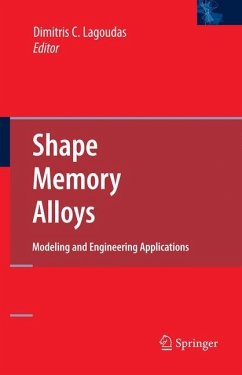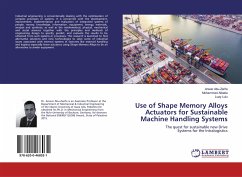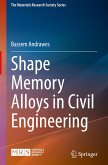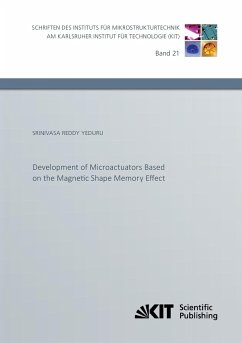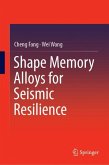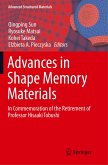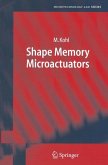This book provides a working knowledge of the modeling and engineering applications of shape memory alloys (SMAs), beginning with a rigorous introduction to continuum mechanics and continuum thermodynamics as they relate to the development of SMA modeling.Modern SMAs can recover from large amounts of bending and deformation, and millions of repetitions within recoverable ranges. SMAs are used in the medical industry to create stents, in the dental industry to create dental and orthodontic archwires, and in the aerospace industry to create fluid fittings. The text presents a unified approach to the constitutive modeling of SMAs, including modeling of magnetic and high temperature SMAs.
It all started with a trip to Red River... Coauthors, families, and colleagues enjoy a working vacation in the Sangre de Cristo Mountains of New Mexico, March 2006. As technical conversations on modeling, characterization and applications of shape memory alloys (SMAs) were blending with the view of the white snowy peaks surrounding Red River, New Mexico, it became clear to our research group that a consistent and comprehensive text on SMAs would be very helpful to future students interested in performing research in this ?eld. Many communication barriers could be eliminated and access to the subst- tial body of research discussed in the literature would be increased. In this way, a working vacation became the motivating factor behind a challenging research project. This book has been written with contributions from three of my current Ph.D. students, Luciano Machado, Parikshith Kumar and Darren Hartl, and three former Ph.D. students, Pavlin Entchev, Peter Popov and Bj¨ orn Kiefer. These latter three coauthors were still members of the Shape Memory Alloy Research Team (SMART), or in close proximity, when we started the project of writing this book more than a year and a half ago. The work of a seventh former Ph.D. student, Siddiq Qidwai, is also included in this book. The task of putting forth a sequence of topics on shape memory alloys (SMAs) that VIII Preface forms a coherent learning path seemed natural, given the diversity of topics covered by their Ph.D. work.
It all started with a trip to Red River... Coauthors, families, and colleagues enjoy a working vacation in the Sangre de Cristo Mountains of New Mexico, March 2006. As technical conversations on modeling, characterization and applications of shape memory alloys (SMAs) were blending with the view of the white snowy peaks surrounding Red River, New Mexico, it became clear to our research group that a consistent and comprehensive text on SMAs would be very helpful to future students interested in performing research in this ?eld. Many communication barriers could be eliminated and access to the subst- tial body of research discussed in the literature would be increased. In this way, a working vacation became the motivating factor behind a challenging research project. This book has been written with contributions from three of my current Ph.D. students, Luciano Machado, Parikshith Kumar and Darren Hartl, and three former Ph.D. students, Pavlin Entchev, Peter Popov and Bj¨ orn Kiefer. These latter three coauthors were still members of the Shape Memory Alloy Research Team (SMART), or in close proximity, when we started the project of writing this book more than a year and a half ago. The work of a seventh former Ph.D. student, Siddiq Qidwai, is also included in this book. The task of putting forth a sequence of topics on shape memory alloys (SMAs) that VIII Preface forms a coherent learning path seemed natural, given the diversity of topics covered by their Ph.D. work.

